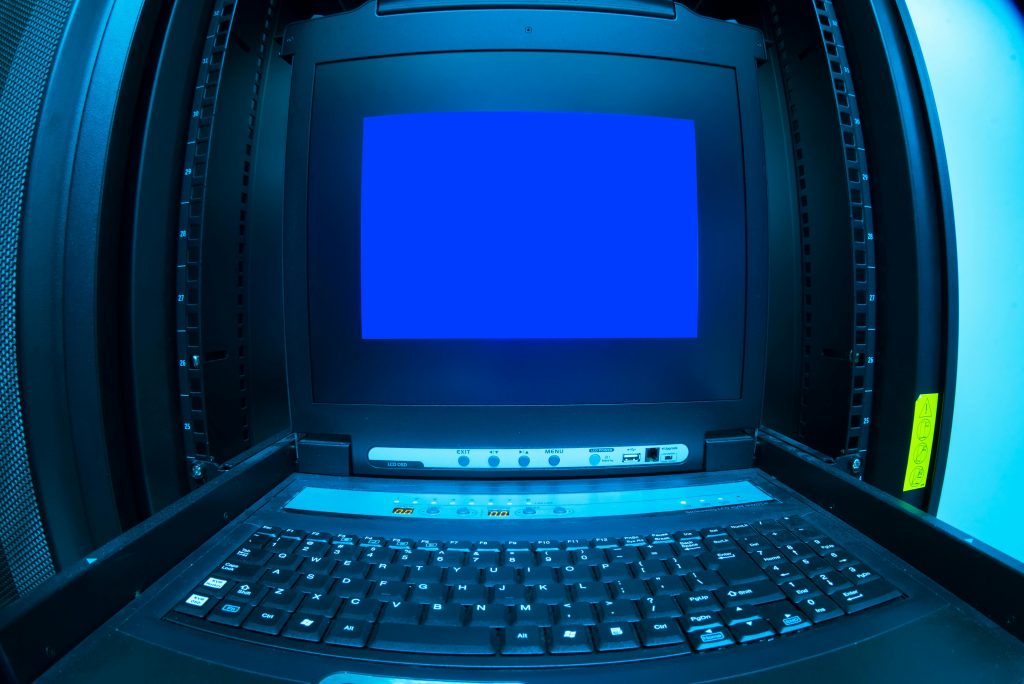Understanding and Resolving High DPC and Pagefault Issues in Windows Systems
Introduction
Experiencing system performance issues such as micro-stutters and hitches during gaming or streaming sessions can be frustrating. These artifacts often stem from underlying hardware or driver inefficiencies, particularly related to Deferred Procedure Calls (DPCs), Interrupt Service Routines (ISRs), and page faults. In this article, we examine a real-world scenario with high DPC and pagefault counts and provide diagnostic insights along with actionable solutions.
Case Overview
A user attempted to stream content from a Windows-based PC to a Steam Deck using tools like Moonlight and Steam Link. Despite multiple driver reinstalls and driver disabling attempts, the streaming experience was marred by frequent micro-stutters and occasional larger hitches. The user sought technical assistance, providing detailed system analysis reports to identify root causes.
Key Findings from System Analysis
- Elevated DPC and ISR Times:
- Highest DPC routine execution time: approximately 1.3 milliseconds (ms), notably from the NVIDIA graphics driver (nvlddmkm.sys).
- Total time spent in DPCs was about 0.093%, with over a million DPC entries, indicating frequent DPC calls.
-
ISR (interrupt service routine) times were generally low but with some processes executing ISR routines in microseconds, primarily related to system drivers.
-
Hard Page Faults:
- The system recorded roughly 41,926 hard page faults, with the process msmpeng.exe (Microsoft Security Essentials/Antivirus) being the most hit, registering 24,211 faults.
-
Excessive page faults can cause CPU stalls, particularly affecting real-time audio/video streaming due to delays in fetching data from disk-backed virtual memory.
-
Driver and Hardware Considerations:
- The NVIDIA driver (nvlddmkm.sys) exhibited long DPC routines, often exceeding 1 millisecond, which is a common source of input lag and stuttering.
- Some drivers, such as the Kernel Mode Driver Framework Runtime (Wdf01000.sys), also contributed to driver routines occupying significant CPU time.
Potential Causes
- GPU Driver Inefficiency: Long DPC routines in NVIDIA driver may indicate driver performance issues or incompatibility.
- Virtual Memory Pressure: High hard page faults suggest insufficient RAM, memory leaks, or aggressive background process activity.
- Hardware Power Management: CPU throttling or power saving settings can increase latency.
- System Configuration: Power-saving
Share this content:



